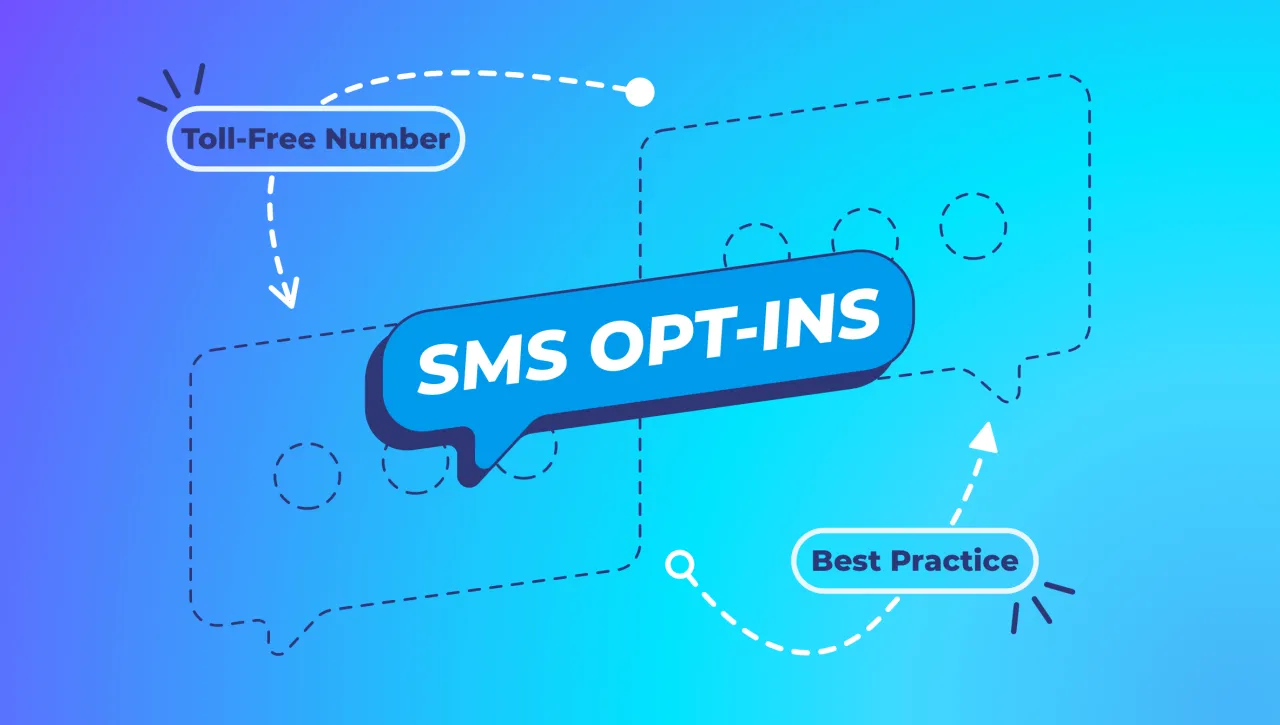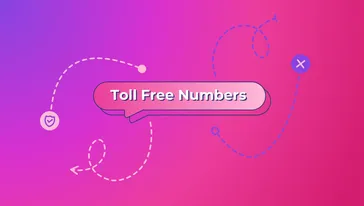SMS is a fantastic way to reach your audience. It’s fast, read in minutes and can boost sales.
Before you click send on your first SMS campaign, you need to make sure your contacts have agreed to receiving text messages.
Opt-in compliance is absolutely vital. If you don’t follow the rules, you can get a whopping fine. Luckily, SMS compliance is simpler than it sounds.
We’ll give you the low down.
Why consent is so important
Firstly, it’s just good manners. Don’t send messages to customers who don’t want to hear from you. It’s not good for your brand image, and you will be paying for messages to likely be ignored.
If that’s not compelling enough, SMS regulators are watching and they’re not playing around. You can lose the ability to send messages or get a hefty fine. These fines are based on the number of contacts affected, so they add up fast!
You need to make sure your contacts ‘opt-in’ to receiving messages from you. And how they opt in depends on the type of messages you send.
Promotional, informational or conversational SMS – a quick refresher
The content and purpose of your messages determine what level of consent you need to get from your customers before messaging them.
Informational SMS
Informational (or transactional) SMS are the essential text messages sent in order to provide contacts with necessary updates from your business. They include appointment reminders, alerts and notifications, account updates and information about a purchase.
Conversational SMS
When a contact sends you an SMS, for example a support request via text, they’re essentially initiating a two-way conversation. We call this type of texting ‘conversational’ messaging.
Promotional SMS
If the purpose of your text message is to drive sales, traffic, sign ups – any conversion or sales metric – it’s deemed promotional. We also call this marketing messaging. Such messages can include offers, coupons, invitations to sales, requests for user generated content (UGC), etc.
Consent. Express consent. Express written consent. What’s the difference?
We’re glad you asked.
Imagine: you fill in a form and tick the box that says ‘I agree to the terms and conditions’ which you may or may not have read? Yes, this is consent. But when sending SMS, this is not enough. Your contacts must know what they are consenting to.

Before you send messages to your customers, you need express consent. It’s an active type of consent, where you explain what users are agreeing to and they accept these terms.
You might also need to have this express consent written or recorded somewhere – which we call express written consent. This depends on what type of message you plan to send, as each has their own requirement:
- To send informational SMS, you will need express consent from your customers.
- For conversational SMS, the customer has initiated contact and you know they expect to receive a response. Thus where the customer has contacted you first, you do not need to obtain their express consent to respond.
- Sending promotional SMS? You’ll need express written consent. And you should be storing records of consent in case the regulators come knocking.
Note: if your customers have subscribed to email marketing, this does not extend to text messaging. They still need to opt-in to SMS.
Here’s the thing – opted in customers are happier customers. And customers increasingly want to hear from businesses via SMS. So keep reading to find out how to maximise your opt-in rates, while remaining compliant.
Getting the opt-in: the right way to ask for permission
Customers can opt-in to receive SMS from your business in various ways. It could be by checking a box on an online or physical form, texting your opt-in SMS keyword (which you can advertise via any channel), calling your toll-free number, through widgets on a website, etc.
But wherever you ask for permission, what we call a call to action (CTA), your wording needs to be on point.
How to write a compliant opt-in CTA
Keep it simple and be transparent. Clearly explain to your customers:
- What type of messages they can expect to receive
(Will you be sending promotions? Offers? Or stick to informational use cases like alerts?) - How frequently they will receive messages
(Are they signing up for messages once a month? Twice weekly?) - About possible message rates
It’s easy to forget this if you have unlimited SMS with your personal plan, but some contacts may be charged a small fee to receive messages. You need to mention that this could be the case. - Terms and conditions
Including your business name, how to contact you and how to opt-out.
It’s also good to have a link to your privacy policy easily accessible.
Best practice examples of opt-in consent
Here are some examples of how businesses get customers to give opt-in consent.
Online form with checkbox
In this example, customers are shown a form that clearly explains that their number will be used for special offers and news (promotional messages), with terms and conditions below the ‘Subscribe’ CTA button.

Addition to a webinar signup form
In this example, someone browsing the website is about to sign up for a webinar. SMS reminders ahead of webinars are fantastic for improving attendance, so the host has included a tickbox for express consent to webinar reminders (transactional messages only).

Specific form to subscribe to marketing SMS
In this example, the web designer has created a widget to sign subscribers up for SMS marketing campaigns. This widget can be placed around their website as required or on other digital assets like social media pages.

Offline advertising: opt-in via SMS keyword
Set up SMS keywords and encourage your customers to sign up for text messages wherever you advertise. Advertise your keyword on signs, in-store by the counter, radio/TV ads, bus stops, billboards – wherever.
The same guidelines around CTA wording apply online and offline.

Use your opt-in SMS keyword online
This is especially good if your online traffic comes from mobile. Add your SMS keyword to your website, social media pages, and directory listings – wherever you have a presence online. Then customers can toggle from their mobile browser to their native text app easily.

Paper opt-in forms
When in doubt go old school. Paper forms can be very effective for getting people to opt in to text messaging. Especially if you already use paper forms to ask for people’s phone numbers.
Registration, new patient and order forms are a great place to put an option to opt-in for text messaging. People are already giving you their phone number, it makes sense to ask them how they want to be contacted.
Just make sure that your paper form has a checkbox and a disclaimer. The checkbox can’t be pre-filled.
Withdrawing consent: what to do when contacts opt-out
If customers ask that you stop messaging them, any messages you send are no longer compliant, and you could risk penalties. Also, why keep sending texts to people who aren’t receptive to your message?
It’s important to remove contacts from subscription lists in a timely way. Remember that their opt-out request may come from different channels – either your opt-out message or maybe through customer chats or email.
Ready to get started with opt-in SMS messaging?
Let’s go. Sign up and start sending SMS campaigns today.
Or reach out to one of our friendly support team members – open a live chat in the bottom right corner of your screen.
A quick note from our legal team: while this post is designed to inform, the advice is only general and doesn’t constitute legal advice. For legal advice specific to your business and use cases, we encourage you to reach out to a legal professional.
See also: US Telephone Consumer Protection Act (TCPA).

